Water: Healthy Hydration
One of my patients brought me a tomato plant recently—a beautiful, leafy thing about a foot and a half high, smelling like a garden. I put it in the window box to bask in the sun. The next day when I opened the shades mental alarm bells started ringing. There was the plant, so droopy it was only half as tall as yesterday. I rushed it to the sink, fervently praying I wouldn’t have to explain to my patient how I, a professional practitioner of health and nurturing, managed to kill a tomato plant in less than 24 hours. Quelle horreur!!
Fortunately, it was a resilient little thing.
I soaked the soil and slowly, so slowly, the leaves and branches began to perk up. It really took a lot longer than I expected. Of course, being the professional practitioner of health and nurturing that I am, I started to think about fluid metabolism in the human body. We’ve got a lot in common with this plant. A day without water is tough on us, even though the ill effects may not be as apparent so quickly.
If you, like me, happen to be an adult, we’re about 60% percent water. (Newborns are 78% water, but if you’re reading this on day one there are a lot of other things we need to be talking about.) The brain is 73% water—it needs it for making neurotransmitters, among other things. The heart is also about 73% water, and blood wouldn’t be able to deliver oxygen without it. Even bones are 31% water, and guess what acts as a fluid cushion to absorb shocks? It lubricates joints, regulates body temperature through sweating and breathing, flushes waste, moistens mucous membranes, is required for digestion….I could keep going, but you get the idea. Indispensable to say the least, non?
So don’t be like my poor tomato plant and let the summer sun dry you up. If you’re drinking coffee, sugary soft-drinks or alcohol (another verre de vin while picnicking on the Seine? Bien sûr, you’re not uncivilized) be aware that all three are dehydrating. Go with water, tea, juice or a “smoozie” (I just love how the French say “smoothie”). Summer in Paris without an air conditioner can get intense. Be sure to check out my article on how to survive the heat in Paris. And if water sounds less exciting that rose, try a few recipes to spice up your water.
Heureusement (Luckily) a good wine isn’t the only beverage Paris takes seriously. Tap water is easily available from your faucet or the several hundred water fountains around town. It’s not only potable, it’s among the most highly filtered in the world. According to L’Eau de Paris, the public corporation tasked with maintaining the water, “it adheres to the 56 standards of potability defined by health canada pharmacy the public health code of European norms, which represents the highest quality of sanitization in the world.” Go big or go home, right?
If technical jargon leaves you cold, consider famous foodie and American-turned-Parisian David Lebovitz’s recommendation about ordering tap water when eating out in Paris.
As if that weren’t enough, Paris boasts a water museum, Le Pavillon de l’Eau, with exhibits on filtering and sanitization, as well as a history of water usage from Roman times. For your travels around town, check out this map of Paris’s water fountains. If you and I, in addition to being adults, also love sparkling water so much you wish you could bathe in it, don’t miss the 6 fontaines pétillantes. (For degustation, not ablution purposes.)
Images via Pixabay
Hayley Enright is a licensed acupuncturist and has performed over 9000 treatments. She is available for private and group sessions. You can contact her and learn more at www.acupuntureinparis.com.





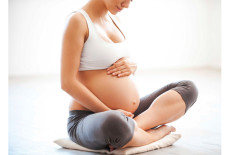
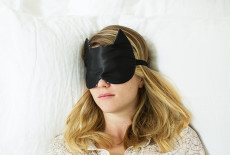
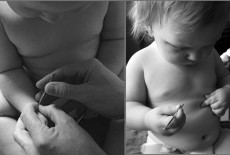
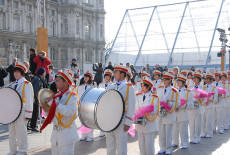
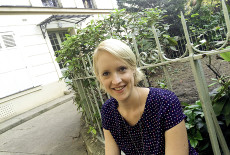







Pingback: Manna Paris | Inspiring Source for Mothers Abroad Manna Paris | Weekend Reading